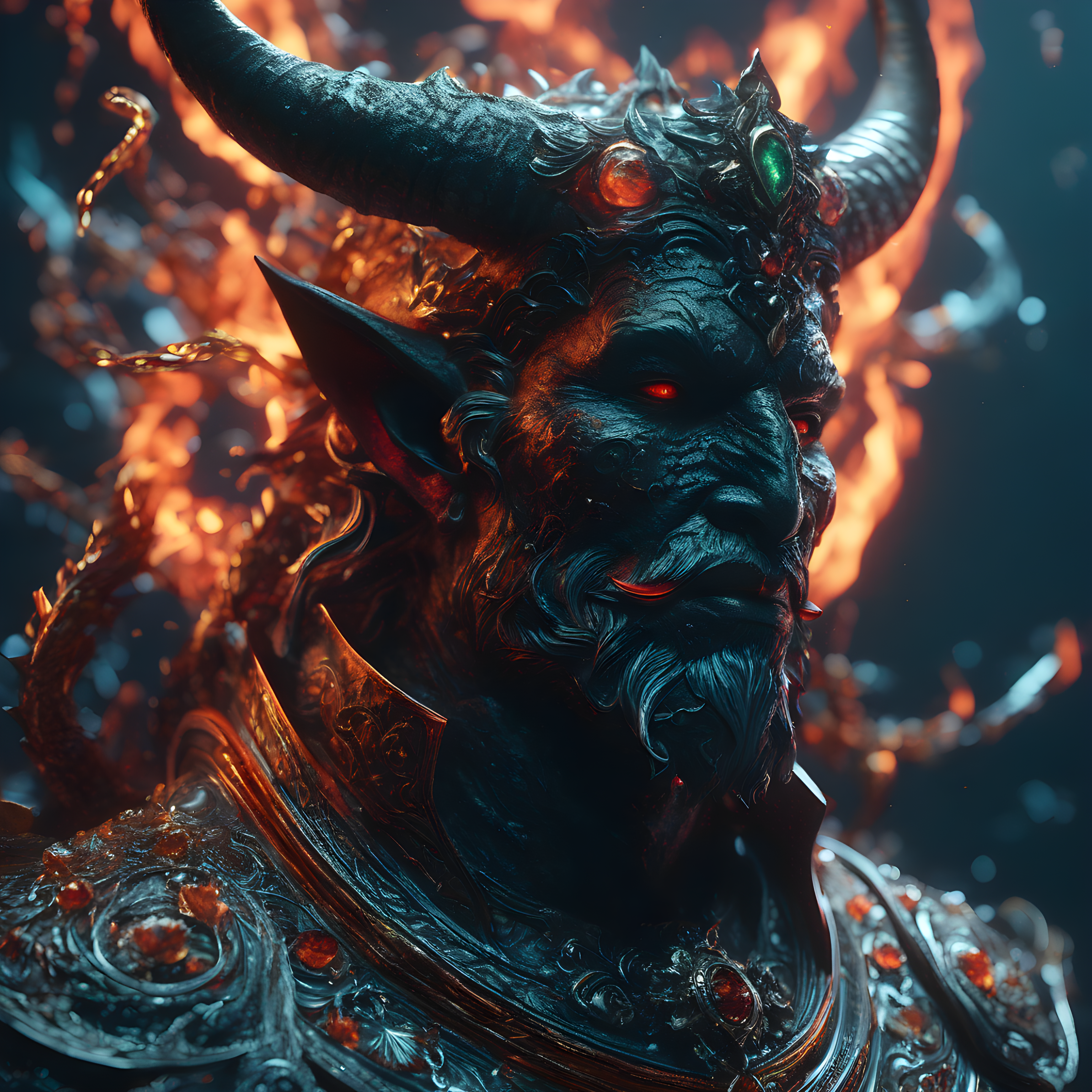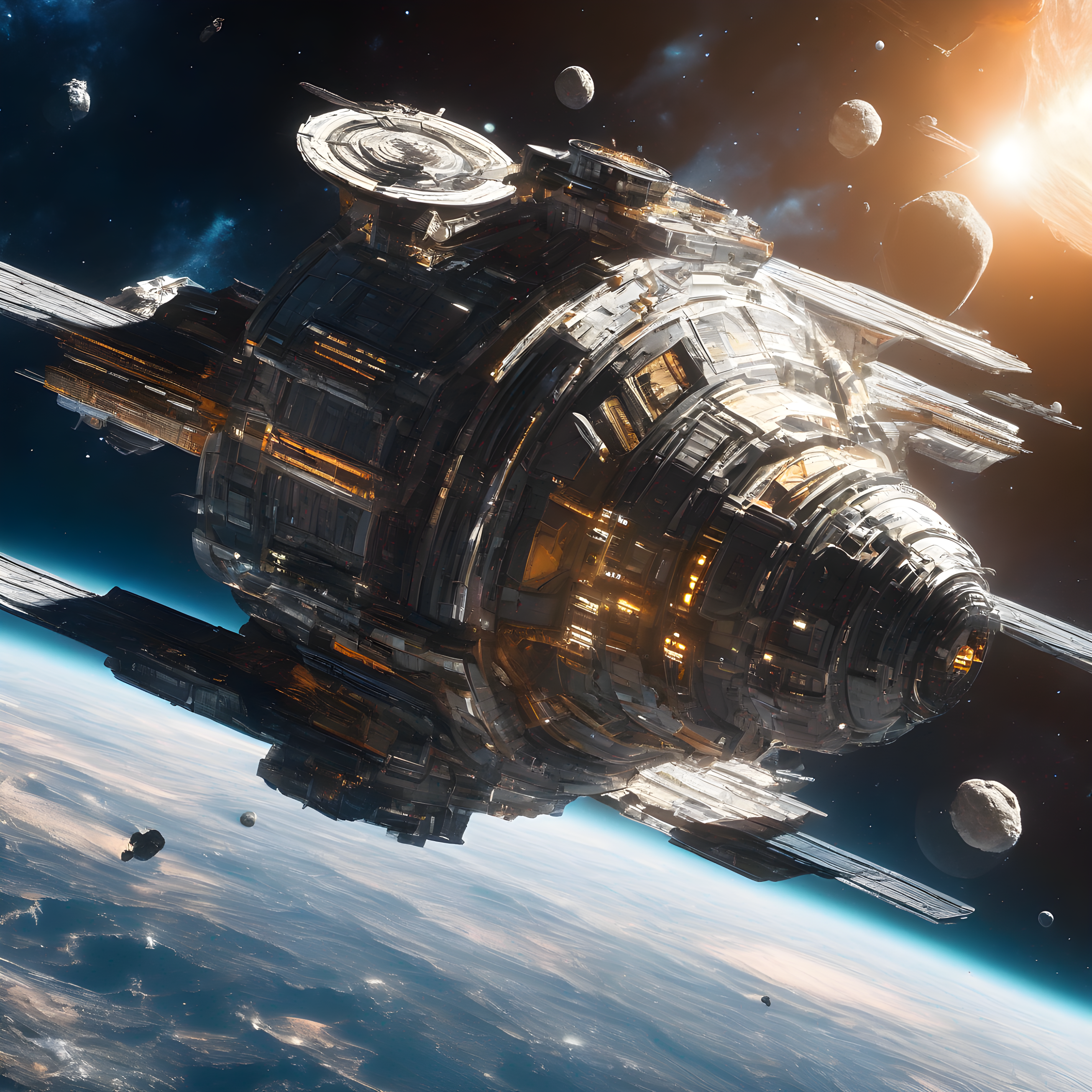d-journey
Maintainer: lorenzomarines

1

| Property | Value |
|---|---|
| Run this model | Run on Replicate |
| API spec | View on Replicate |
| Github link | No Github link provided |
| Paper link | View on Arxiv |
Create account to get full access
Model overview
d-journey is a text-to-image generation model by lorenzomarines that aims to provide an open and decentralized alternative to models like Midjourney v6 and DALL-E 3. It is similar in capabilities to models like astra, stable-diffusion, openjourney, and openjourney-v4.
Model inputs and outputs
d-journey is a text-to-image generation model that takes in a prompt and various parameters to control the output image. The inputs include the prompt, image size, number of outputs, guidance scale, and more. The model outputs an array of image URLs that can be used in downstream applications.
Inputs
- Prompt: The text prompt describing the image to generate
- Negative Prompt: An optional prompt to exclude certain elements from the generated image
- Image: An optional input image for inpainting or image-to-image generation
- Mask: An optional input mask for inpainting, where black areas will be preserved and white areas will be inpainted
- Width/Height: The desired dimensions of the output image
- Num Outputs: The number of images to generate
- Guidance Scale: The scale for classifier-free guidance
- Num Inference Steps: The number of denoising steps to take
Outputs
- Image URLs: An array of URLs pointing to the generated images
Capabilities
d-journey is capable of generating high-quality, photorealistic images from text prompts, similar to Midjourney v6 and DALL-E 3. It can also perform inpainting tasks, where the model can fill in missing or specified areas of an image based on the provided prompt and mask.
What can I use it for?
d-journey can be used for a variety of visual content creation tasks, such as generating images for marketing materials, illustrations for articles, or concept art for game and film development. Its open and decentralized nature makes it an interesting alternative to proprietary models for those seeking more control and transparency in their image generation workflow.
Things to try
Try experimenting with different prompts, prompt strengths, and guidance scales to see how they affect the output. You can also try using the inpainting capabilities by providing an input image and mask to see how the model fills in the missing areas. Consider exploring the use of LoRA (Low-Rank Adaptation) to further fine-tune the model for your specific needs.
This summary was produced with help from an AI and may contain inaccuracies - check out the links to read the original source documents!
Related Models

astra

1
astra is a powerful AI model like Midjourney v6 and DALL-E 3, but it is open and decentralized. It is maintained by lorenzomarines. astra can be compared to similar models like stable-diffusion, sdxl, lora, sdxl-lora-customize-model, and openjourney, all of which are text-to-image generation models. Model inputs and outputs astra takes a variety of inputs, including a prompt, an optional input image, a mask, and various parameters to control the output. The model can generate multiple images based on the input prompt and other settings. Inputs Prompt**: The text prompt that describes the desired image. Image**: An optional input image for use in img2img or inpaint mode. Mask**: A mask image that specifies the areas to be inpainted. Seed**: A random seed value to control the output. Width/Height**: The desired dimensions of the output image. Scheduler**: The scheduler algorithm to use for image generation. Guidance Scale**: The scale for the classifier-free guidance. Num Inference Steps**: The number of denoising steps to perform. Outputs Image**: The generated image(s) in the requested size and format. Capabilities astra is a powerful text-to-image generation model that can create a wide variety of images based on the input prompt. It can generate photorealistic images, stylized artwork, and imaginative scenes. The model is capable of performing tasks like inpainting, where it can fill in missing or damaged areas of an image. What can I use it for? astra can be used for a variety of creative and practical applications, such as generating concept art, illustrations, and product visualizations. The model's decentralized and open nature make it accessible to a wide range of users, including artists, designers, and hobbyists. With its impressive capabilities, astra can be a valuable tool for anyone looking to create unique and engaging visual content. Things to try With astra, you can experiment with different prompts, input images, and model parameters to see how they affect the output. Try generating images with a wide range of styles and subject matter, and see how the model handles different types of requests. You can also explore the model's inpainting capabilities by providing input images with missing or damaged areas and seeing how astra fills them in.
Updated Invalid Date

openjourney

11.9K
openjourney is a Stable Diffusion model fine-tuned on Midjourney v4 images by the Replicate creator prompthero. It is similar to other Stable Diffusion models like stable-diffusion, stable-diffusion-inpainting, and the midjourney-style concept, which can produce images in a Midjourney-like style. Model inputs and outputs openjourney takes in a text prompt, an optional image, and various parameters like the image size, number of outputs, and more. It then generates one or more images that match the provided prompt. The outputs are high-quality, photorealistic images. Inputs Prompt**: The text prompt describing the desired image Image**: An optional image to use as guidance Width/Height**: The desired size of the output image Seed**: A random seed to control image generation Scheduler**: The algorithm used for image generation Guidance Scale**: The strength of the text guidance Negative Prompt**: Aspects to avoid in the output image Outputs Image(s)**: One or more generated images matching the input prompt Capabilities openjourney can generate a wide variety of photorealistic images from text prompts, with a focus on Midjourney-style aesthetics. It can handle prompts related to scenes, objects, characters, and more, and can produce highly detailed and imaginative outputs. What can I use it for? You can use openjourney to create unique, Midjourney-inspired artwork and illustrations for a variety of applications, such as: Generating concept art or character designs for games, films, or books Creating custom stock images or graphics for websites, social media, and marketing materials Exploring new ideas and visual concepts through freeform experimentation with prompts Things to try Some interesting things to try with openjourney include: Experimenting with different prompt styles and structures to see how they affect the output Combining openjourney with other Stable Diffusion-based models like qrcode-stable-diffusion or stable-diffusion-x4-upscaler to create unique visual effects Exploring the limits of the model's capabilities by pushing the boundaries of what can be generated with text prompts
Updated Invalid Date

sdxl-lightning-4step

453.2K
sdxl-lightning-4step is a fast text-to-image model developed by ByteDance that can generate high-quality images in just 4 steps. It is similar to other fast diffusion models like AnimateDiff-Lightning and Instant-ID MultiControlNet, which also aim to speed up the image generation process. Unlike the original Stable Diffusion model, these fast models sacrifice some flexibility and control to achieve faster generation times. Model inputs and outputs The sdxl-lightning-4step model takes in a text prompt and various parameters to control the output image, such as the width, height, number of images, and guidance scale. The model can output up to 4 images at a time, with a recommended image size of 1024x1024 or 1280x1280 pixels. Inputs Prompt**: The text prompt describing the desired image Negative prompt**: A prompt that describes what the model should not generate Width**: The width of the output image Height**: The height of the output image Num outputs**: The number of images to generate (up to 4) Scheduler**: The algorithm used to sample the latent space Guidance scale**: The scale for classifier-free guidance, which controls the trade-off between fidelity to the prompt and sample diversity Num inference steps**: The number of denoising steps, with 4 recommended for best results Seed**: A random seed to control the output image Outputs Image(s)**: One or more images generated based on the input prompt and parameters Capabilities The sdxl-lightning-4step model is capable of generating a wide variety of images based on text prompts, from realistic scenes to imaginative and creative compositions. The model's 4-step generation process allows it to produce high-quality results quickly, making it suitable for applications that require fast image generation. What can I use it for? The sdxl-lightning-4step model could be useful for applications that need to generate images in real-time, such as video game asset generation, interactive storytelling, or augmented reality experiences. Businesses could also use the model to quickly generate product visualization, marketing imagery, or custom artwork based on client prompts. Creatives may find the model helpful for ideation, concept development, or rapid prototyping. Things to try One interesting thing to try with the sdxl-lightning-4step model is to experiment with the guidance scale parameter. By adjusting the guidance scale, you can control the balance between fidelity to the prompt and diversity of the output. Lower guidance scales may result in more unexpected and imaginative images, while higher scales will produce outputs that are closer to the specified prompt.
Updated Invalid Date

openjourney-v4

231
openjourney-v4 is a Stable Diffusion 1.5 model fine-tuned by PromptHero on over 124,000 Midjourney v4 images. It is an extension of the openjourney model, which was also trained by PromptHero on Midjourney v4 images. The openjourney-v4 model aims to produce high-quality, Midjourney-style artwork from text prompts. Model inputs and outputs The openjourney-v4 model takes in a variety of inputs, including a text prompt, an optional starting image, image dimensions, and various other parameters to control the output image. The outputs are one or more images generated based on the provided inputs. Inputs Prompt**: The text prompt describing the desired image Image**: An optional starting image from which to generate variations Width/Height**: The desired dimensions of the output image Seed**: A random seed to control the image generation Scheduler**: The denoising scheduler to use Num Outputs**: The number of images to generate Guidance Scale**: The scale for classifier-free guidance Negative Prompt**: Text to avoid in the output image Prompt Strength**: The strength of the prompt when using an init image Num Inference Steps**: The number of denoising steps Outputs Image(s)**: One or more generated images, returned as a list of image URLs Capabilities The openjourney-v4 model can generate a wide variety of Midjourney-style images from text prompts, ranging from fantastical landscapes and creatures to realistic portraits and scenes. The model is particularly skilled at producing detailed, imaginative artwork with a distinct visual style. What can I use it for? The openjourney-v4 model can be used for a variety of creative and artistic applications, such as conceptual art, game asset creation, and illustration. It could also be used to quickly generate ideas or concepts for creative projects. The model's ability to produce high-quality, visually striking images makes it a valuable tool for designers, artists, and content creators. Things to try Experiment with different types of prompts, from specific and descriptive to more open-ended and abstract. Try combining the openjourney-v4 model with other Stable Diffusion-based models, such as openjourney-lora or dreamshaper, to see how the results can be further refined or enhanced.
Updated Invalid Date